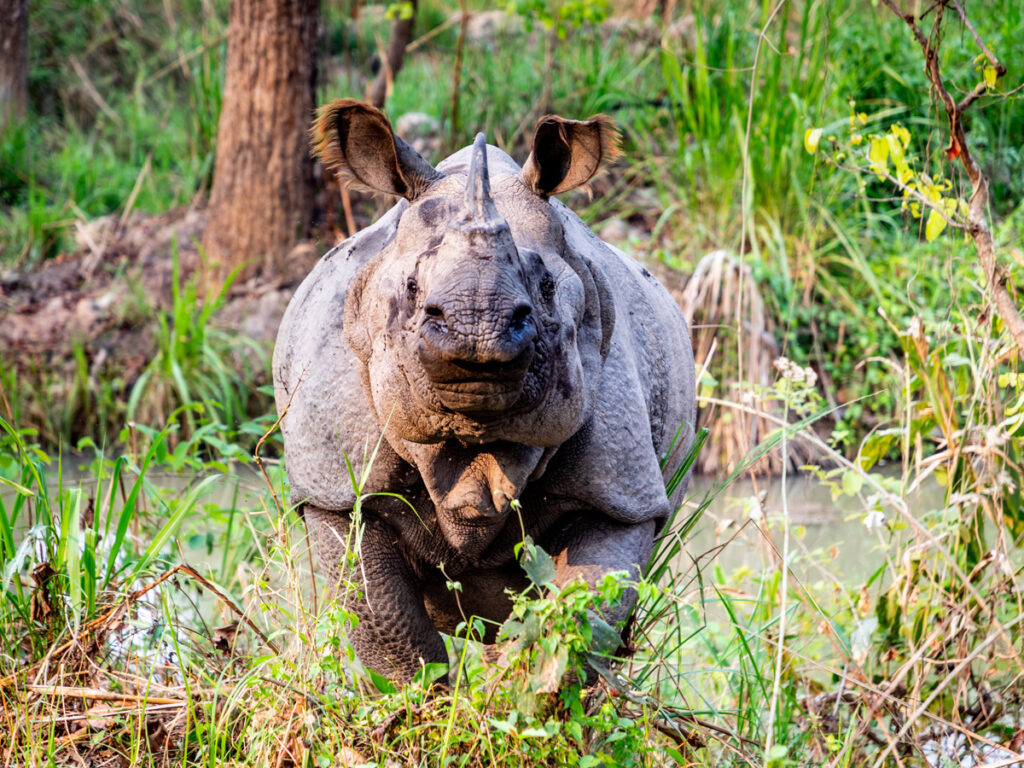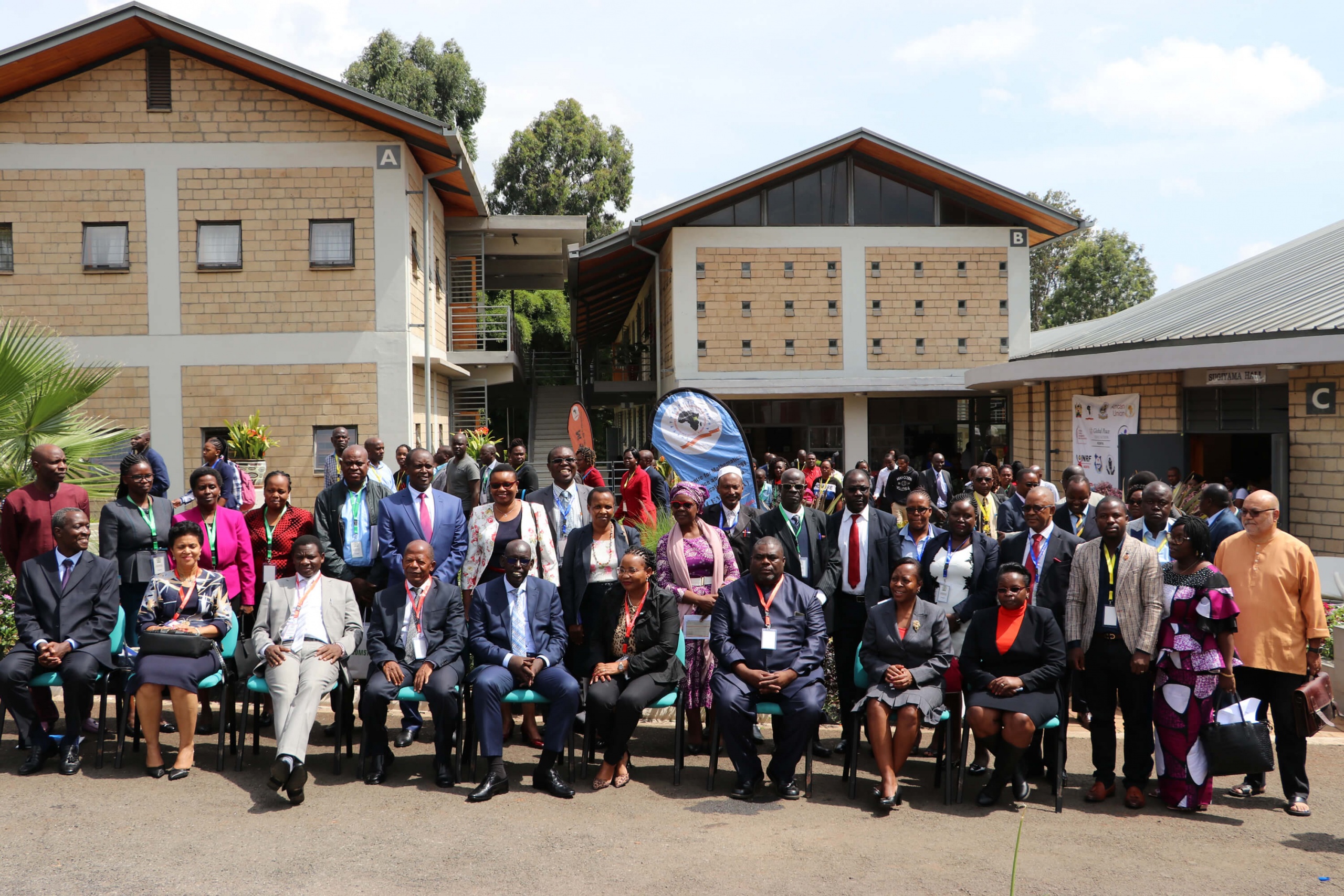Kenya

Kenya is Country located in East Africa and has Nairobi as its Capital City. Kenya has a population of approximately 55 million people. Kenya uses the Kenyan Shilling as its currency. The president of Kenya is H. E. Uhuru Kenyatta
Education System
Since independence, the system of education in Kenya has changed severally. These changes have primarily been informed by the need to respond to the nations’ needs as it develops and the global trends in education. At independence, Kenya had a 7. 4. 2. 4 system of education. This changed to 8.4.4 in the early 1980s with eight years of primary education, four in secondary and four in the tertiary sector. The system changed served Kenya for 32 years. In 2017 the 8.4.4 system changed to the Competency-Based Curriculum (CBC) under the 2-6-3-3 system of education. Under CBC, learners will spend 17 years following the structure of 2-6-3-3-3. Primary school has been divided into lower (Grade 1, 2 and 3) and upper (Grades 4, 5 and 6). After these the learners join junior secondary school (JSS), which will constitute Grades 7, 8 and 9. At grade nine the learners will be formatively assessed with a summative assessment. After this the CBC is designed to emphasize the significance of developing skills and knowledge and also applying those competencies to real life situations. Learning in Competency Based Curriculum (CBC) is based on the needs of individual learners under a flexible framework and parameters that move and shift according to the learners’ demands. CBC promotes hands-on training and infuses acquisition of new knowledge through observation, learning as you do, experiential learning and practical experimenting (Amutabi, 2019).
STEM and Innovation
The role Science, Technology, Engineering and Mathematics (STEM) plays in the growth and advancement of nations cannot be overlooked in the twenty-first century. STEM and innovation feature prominently in the 2030 Sustainable Development Agenda. Advances in STEM have already brought about improvements in many aspects of life, such as health, agriculture, infrastructure and renewable energy.
To realize strategic visions and fulfil the wishes of young people, every nation endeavours a sound scientific and technical education that is oriented towards the possibilities of a digital and global world through contemporary teaching and learning. The Government of Kenya places STEM education and training at the Centre stage of its growth agenda. Science, Technology and Innovation (STI) form a crucial pillar in Kenya’s Vision 2030. To embed the culture of STEM integration in education, the Ministry of education in 2018 inaugurated 103 STEM Model Schools. These schools’ models have turned out to be a success story in modelling STEM activities both in and out of class.
STEM Education
In practice, STEM education applies an interdisciplinary approach to learning and cognition. The approach involves using inquiry-based pedagogies such as problem and project-based learning using real-world and contextually relevant activities. The aim is to prepare learners for the world of work, enabling entry into the in-demand STEM careers of tomorrow. The change of the education system in Kenya to espouse a Competency Based Curriculum (CBC) provides several pathways for learners to pursue their fields of interest. One of these is the STEM pathway. The purpose of STEM schools approach is to create a culture and a teacher professional development that is STEM focused as well as creating awareness in society on the significant role a STEM literate citizenry plays in socioeconomic development of the nation.
STEM TPD in Kenya CEMASTEA
Through the Teachers Service Commission (TSC), the Ministry of Education in Kenya has put in place robust programmes for Teacher Professional Development (TPD). In the field and science and mathematics education, The Centre of Mathematics, Science and Technology Education (CEMASTEA) has been at the forefront in providing a forum for teachers to engage and exchange skills and knowledge in contemporary and promising practices in mathematics and science pedagogy. The Centre, set up in 1998, plans and coordinates the implementation of INSET for science and mathematics teachers serving in primary and secondary education.
Gender and STEM Education
With a focus on SDG 4, inclusive and equitable quality education and lifelong learning, there is a particular interest in the participation of girls in STEM Education. Girls’ and women’s participation in STEM education needs to be considered in the context of their overall access to, and participation in, education (UNESCO, 2017). CEMASTEA working with partners (EDT and UNESCO) has implemented several teacher development courses focusing on Gender and STEM Education.
Innovations
Science and Engineering fairs
Robotics
News
The International Webinar on the Effective use of Information and Communication Technology (ICT) in Learning
Written by Mary W. Sichangi & Irene Vutale The Centre for Mathematics, Science, and Technology
The 17th Conference for Mathematics, Science and Technology Education in Africa [COMSTEDA 17] and, Annual



